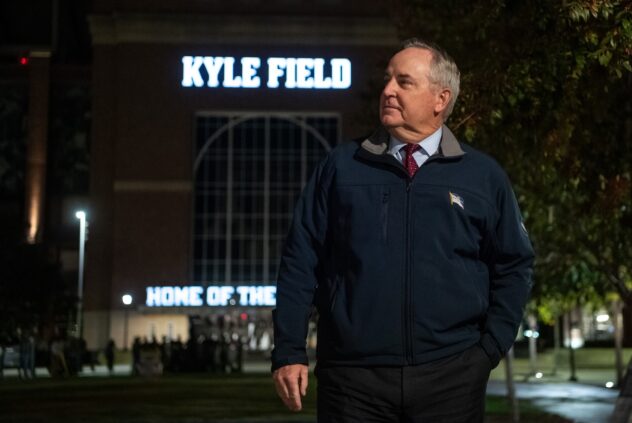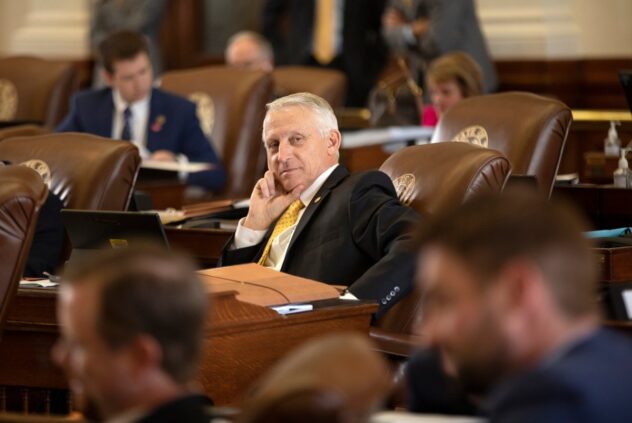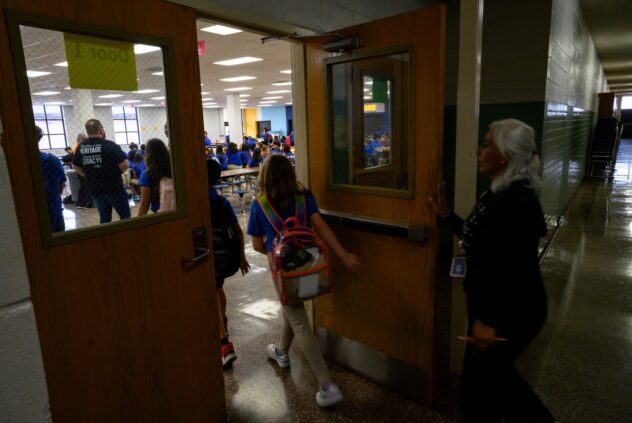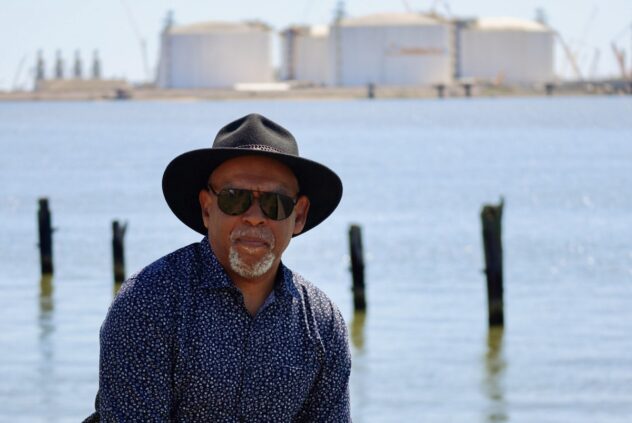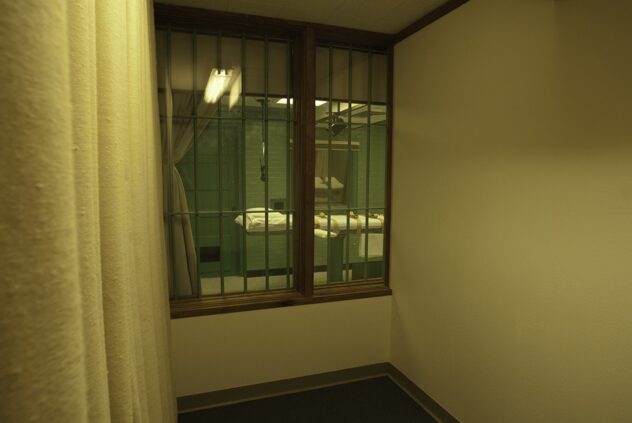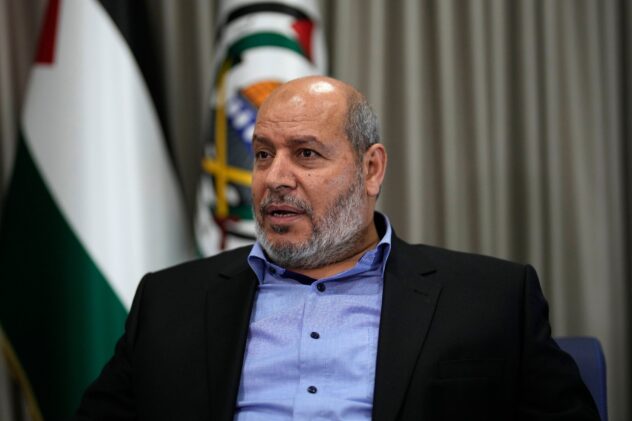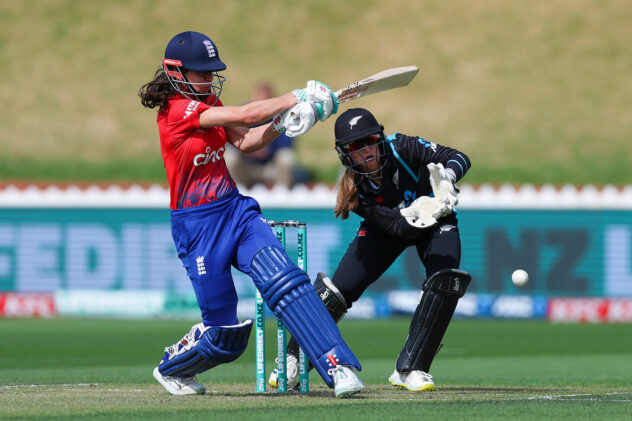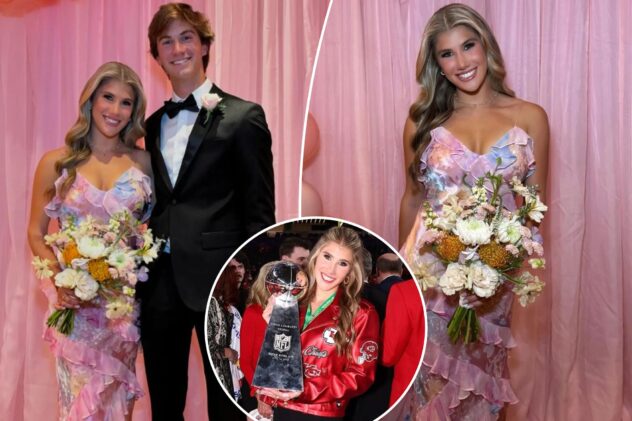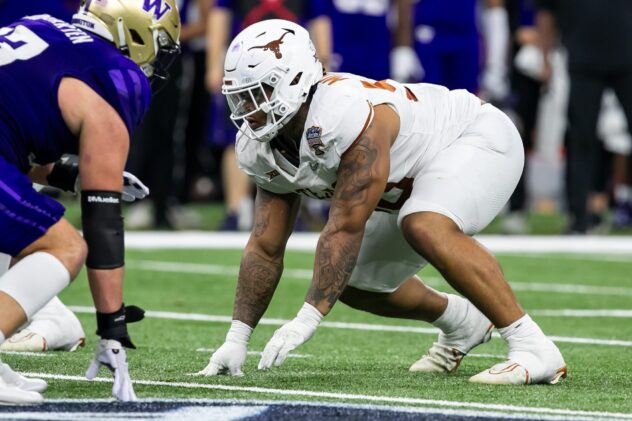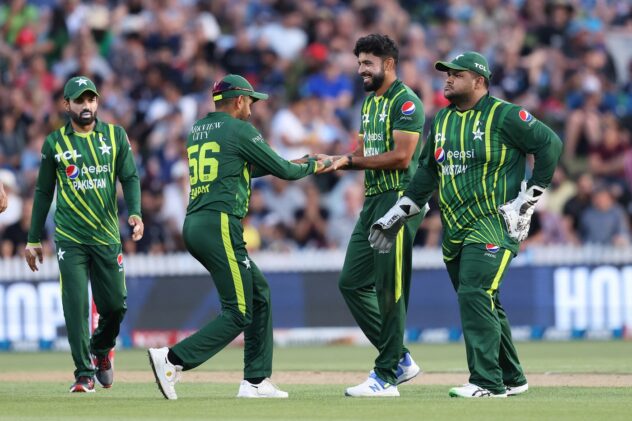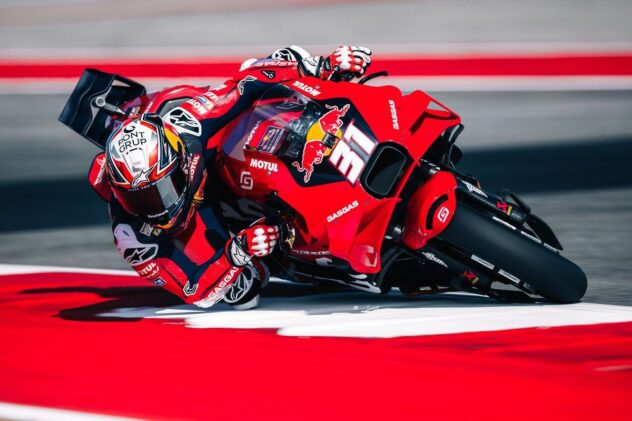“We would have been shot”: Texas activists shaken by law enforcement reaction to Capitol siege
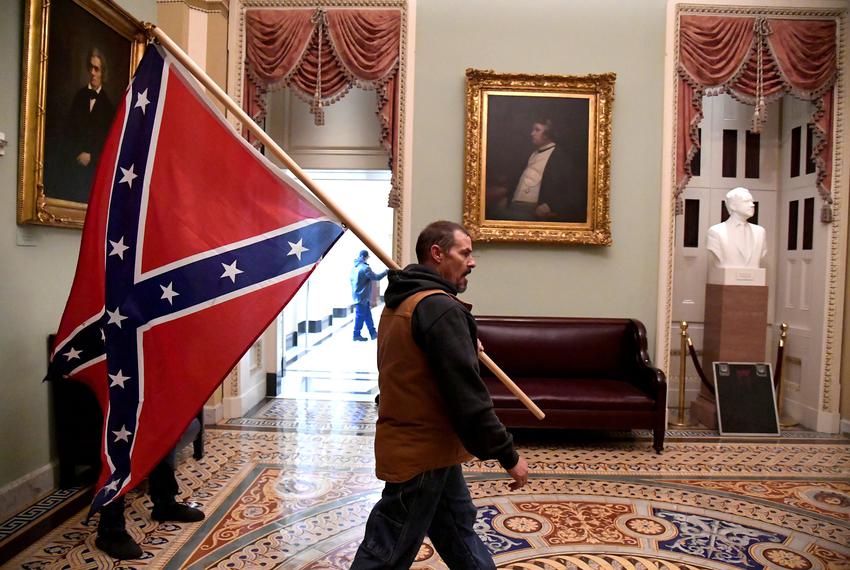
Sign up for The Brief, our daily newsletter that keeps readers up to speed on the most essential Texas news.
Texans protesting police brutality last year faced tear gas, rubber bullets and mass arrests while demonstrating after another Black man’s death at the hands of law enforcement. On Wednesday, they watched from afar as a mostly white swarm of President Donald Trump supporters pushed through police barricades, broke into the U.S. Capitol with relative ease and literally kicked their feet up on the House Speaker’s desk.
Video footage showed an officer apparently taking a selfie with one of the people who broke into the building and officers seemingly opening gates to let protesters nearer to the building. The New York Times reported that when an officer was asked why police weren’t forcing the mob out as they paraded through the chambers and member offices, the officer said, “We just got to let them do their thing for now.”
Texas anti-police brutality organizers weren’t necessarily surprised. But it still shook them to see such a clear example of how law enforcement’s use of force or deescalation tactics can vary depending on protesters’ race, ethnicity and politics.
“It just took my breath away,” said Carvell Bowens with the Texas Organizing Project. “Not to say I wanted to see those people get hurt, but to be able to see how one side of America can do what they want to do while others who want to just stand up for their rights get downtrodden. It’s totally despicable.”
Bowens was one of nearly 700 people arrested in Dallas last June while marching to protest the death of George Floyd, a Black man who was killed after a white Minneapolis police officer knelt on his neck up until and after he lost consciousness. The Dallas demonstrators were trapped on a bridge as police threw smoke canisters and fired rubber bullets.
The protests and unrest following Floyd’s death were often met with a heavy and forceful police presence. In Texas cities, officers donned riot gear and shot rubber bullets, bean bag rounds and tear gas into crowds, seriously injuring nonviolent protesters. Protesters in Dallas and in Houston were arrested by the hundreds.
At anti-police brutality protests in Washington, D.C., federal police in riot gear last year fired tear gas and rubber pellets into a largely peaceful crowd to clear the way for a Trump photo-op. And hordes of D.C. National Guard troops in camouflage riot gear stood on the steps of the Capitol ready for chaos from those calling for racial justice and major changes to American policing.
But on Wednesday, as the U.S. Capitol was taken under siege by pro-Trump rioters who disrupted the certification of the president’s loss at the polls, no federal troops were seen at first and Capitol police were few and far between. Bowens and other organizers and attorneys who represent protesters note two key differences between the groups of protesters — the color of their skin and their political leanings.
“If I and my Black friends, organizers, colleagues, were to try to do that, we wouldn’t have been able to get in,” said Durrel Douglas, co-founder of the Houston Justice Coalition. “We would have been shot had we passed the police barriers.”
The Capitol insurrectionists had been engaged in a large protest outside and swept past a relatively small police force and surged into the federal building, scaling walls and breaking windows. They forced their way into the House and Senate chambers and offices, looking for lawmakers and stealing government property, according to press reports from inside the building. Some rioters wore militarized gear, others waved confederate flags.
The U.S. Capitol police chief, who announced his resignation Thursday, said earlier that more than 50 officers were injured and several hospitalized after the rioters attacked police. One woman was shot and killed by police, and 13 had been arrested for unlawful entry of the Capitol, the chief said in a statement. One U.S. Capitol Police officer died Thursday from injuries sustained during the siege, according to The Washington Post.
/https://static.texastribune.org/media/files/c6ae5c8fb99f89f81451d09a7b76fb7e/Trump%20Protest%20DC%20REUTERS%20TT%2019.jpg)
Trapped lawmakers have expressed gratitude for individual officers who protected them during the siege, but slammed the delay of federal troops and the overall failure of police to keep safe the building that represents the nation’s democracy. Congressional leadership promised to investigate the policing failures.
Texas organizers don’t think error or incompetence are the only things to blame. Douglas said with foreknowledge of the protest and the importance of the building, he would expect security to have been much stronger if the event was to support the Black Lives Matter movement.
“All of the protests that I’ve been a part of, even prayer vigils … we show up and the mounted patrol is there, unmarked black vans are there, police are there,” he said.
Douglas was outraged by the stark difference of action Wednesday. He rattled off the names of Black Texas activists who were arrested last year and others who were hurt or killed by police, calling for police to have treated them the same way as the pro-Trump rioters.
“They demonstrated that they know how to use a heavy hand [last summer], they know how to protect the Capitol,” he said. “This also shows they know how to use restraint, they know how to deescalate.”
Kenavon Carter, an Austin attorney who represents police brutality protesters, including a teen who faces up to 20 years for allegedly throwing a water bottle at police last summer, said it was surreal to watch the police reaction Wednesday after seeing what happened last summer.
“It was almost like I was watching a straight-up Dave Chappelle skit,” he said. “That’s a clear statement of whose lives actually do matter.”
/https://static.texastribune.org/media/files/b118831c002eeaecb1f4df5816e3b72e/May%2030%20Floyd%20Rally%20Houston%20PYH%20368.jpg)
/https://static.texastribune.org/media/files/b118831c002eeaecb1f4df5816e3b72e/May%2030%20Floyd%20Rally%20Houston%20PYH%20368.jpg)
Defense attorneys and organizers said this isn’t the only recent example of different policing tactics used on people of different races or political views. They noted that the man who shot and killed an armed police brutality protester in Austin last summer was never charged. Bowens said the Capitol siege is a clear example of why there is so much distrust of the police in communities of color.
But he said people of color already know of policing disparities. Bowens and Douglas said they hope the events at the Capitol push white people to push for change to the policing system.
“We’re going to keep doing what we’re doing,” said Douglas. “What’s going to make the difference is when Karen and Chad and Blake do something about it.”
Disclosure: The New York Times has been a financial supporter of The Texas Tribune, a nonprofit, nonpartisan news organization that is funded in part by donations from members, foundations and corporate sponsors. Financial supporters play no role in the Tribune’s journalism. Find a complete list of them here.


